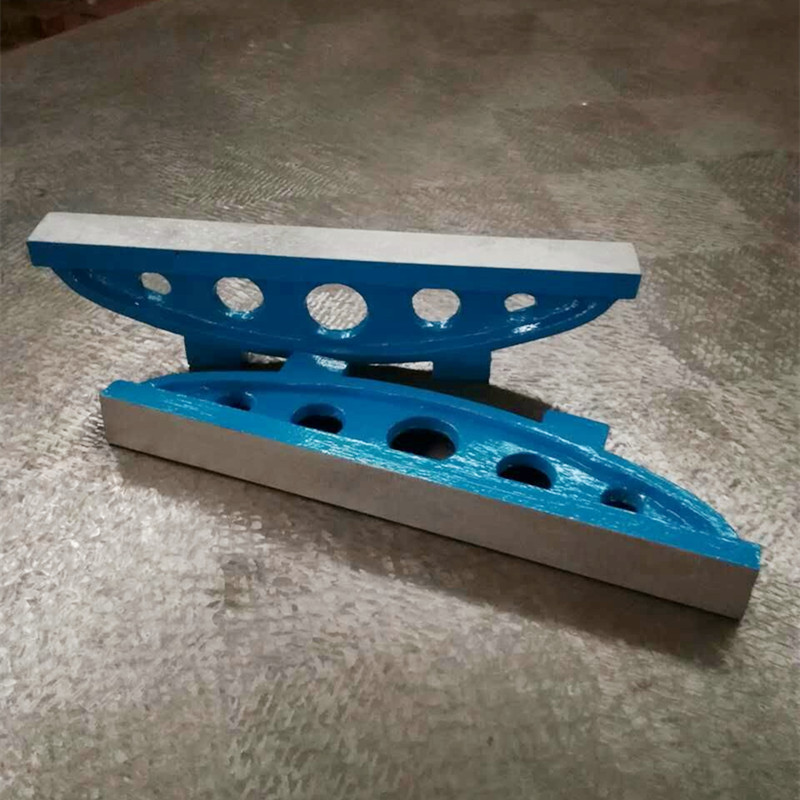dec . 06, 2024 08:21 Back to list
Understanding Water Pressure Regulation with Reduction Valves for Efficient Plumbing Systems
Understanding Water Pressure Reduction Valves A Comprehensive Overview
Water pressure reduction valves (PRVs) are essential devices used in plumbing systems to control and regulate water pressure. They ensure that water pressure remains at a safe and manageable level, thus protecting the integrity of plumbing systems and appliances. This article will delve into the functionality, benefits, and installation considerations of water pressure reduction valves.
What is a Water Pressure Reduction Valve?
A water pressure reduction valve is a mechanical device designed to reduce the water pressure entering a plumbing system. Typically installed on the main water supply line, these valves automatically adjust and maintain the downstream pressure to a pre-set level. By doing so, PRVs prevent over-pressurization, which can lead to leaks, water waste, and damage to pipes and fixtures.
How Do PRVs Work?
PRVs operate using a simple yet effective mechanism. Inside the valve, a diaphragm or piston reacts to the changes in pressure within the system. When the incoming water pressure exceeds the set limit, the diaphragm moves, allowing the valve to close partially, thereby reducing the flow and pressure of water downstream. Conversely, if the pressure drops below the desired level, the diaphragm adjusts accordingly, allowing more water to pass through. This balance ensures a consistent water pressure, usually set between 40 to 60 psi (pounds per square inch) for most residential applications.
Benefits of Installing a PRV
1. Protection of Plumbing Systems One of the primary benefits of PRVs is their ability to safeguard plumbing systems from high-pressure surges, which can cause wear and tear over time. Avoiding excessive pressure helps extend the life of pipes, faucets, and appliances.
2. Reduced Water Bills By regulating water pressure, PRVs can help reduce water consumption. Over-pressurized systems often lead to water waste through leaks or inefficient appliance operation. Maintaining optimal pressure can result in lower utility bills.
3. Consistent Water Pressure Fluctuating water pressure can lead to inconsistent performances of showers, faucets, and irrigation systems. PRVs provide a stable water pressure, enhancing comfort and usability in households and commercial facilities.
water pressure reduction valve

4. Safety High water pressure can pose safety risks, especially in systems involving hot water. By keeping the pressure in check, PRVs help to prevent potential hazards like pipe bursts or scalding hot water discharges.
Installation Considerations
Installing a water pressure reduction valve should be handled by a professional plumber to ensure optimal performance and compliance with building codes. When choosing a PRV, several factors should be considered
- Determine the Correct Size The size of the valve must match the diameter of the incoming water line to ensure proper flow and functionality.
- Set the Right Pressure Before installation, it is crucial to measure the existing water pressure using a pressure gauge. The PRV should be set to a pressure level suitable for your specific plumbing needs.
- Location PRVs are typically installed near the main shut-off valve of the water supply, but the specific location may vary depending on plumbing configurations. It’s essential to ensure accessibility for future maintenance.
- Regular Maintenance While PRVs generally require minimal maintenance, it’s prudent to check them regularly for signs of wear, leaks, or failure. Regular inspections can preemptively address potential issues.
Conclusion
Water pressure reduction valves play a vital role in maintaining the efficiency and durability of plumbing systems. By regulating water pressure, they provide numerous benefits, including reduced utility costs, consistent performance, and enhanced safety. For homeowners and property managers, investing in a quality PRV is a wise decision that pays dividends in the long run. Whether you’re experiencing high water pressure or simply looking to optimize your plumbing system, consider consulting with a plumbing professional to explore the advantages of installing a PRV.
-
Why Metric Trapezoidal Thread is Ideal for Precision Motion ControlNewsAug.05,2025
-
The Unique Properties of a Block of Granite for Industrial UseNewsAug.05,2025
-
The Role of Flanged Y Strainers in Preventing Pipeline ClogsNewsAug.05,2025
-
The Importance of Regular Calibration for Master Ring GagesNewsAug.05,2025
-
How a Cast Iron Surface Table Enhances Accuracy in ManufacturingNewsAug.05,2025
-
Comparing Different Check Valve Types for Optimal Flow ControlNewsAug.05,2025
Related PRODUCTS









